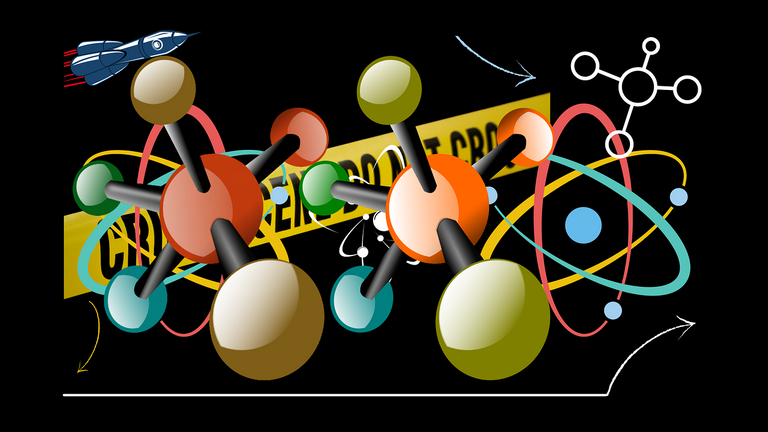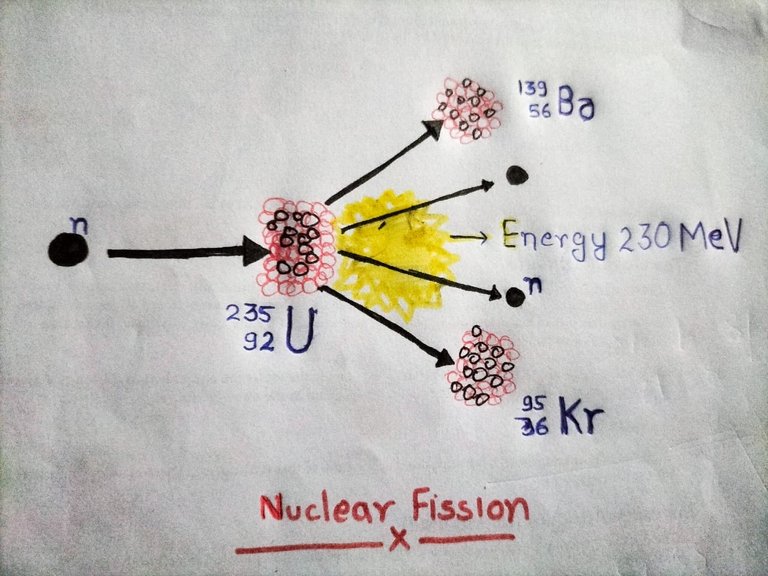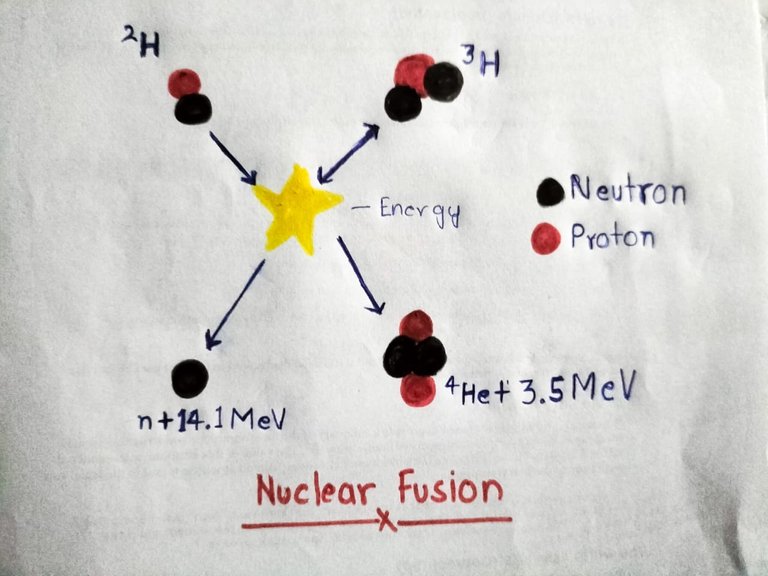What exactly is nuclear Energy/Power?
What exactly is nuclear Energy/Power?
Nuclear energy is the energy produced when the mass of a radioactive element's nucleus changes as a result of those changes.

Image by Marcelo Russo de Oliveira - Coffee Tips Welcome from Pixabay
Nuclear energy refers to the potential energy present in the nuclei of elements such as uranium, radium, and thorium, among others, as a result of the unique state of cool particles (protons and neutrons). The energy stored in an atom's nucleus or core is known as nuclear energy.
Nuclear power comes from two different sources:
Nuclear fission/Atomic Fission

Nuclear fission/Atomic Fission
Nuclear fission is the nuclear process in which a heavy nucleus splits into two lighter nuclei, releasing a significant amount of energy.
German researchers Otto Hahn and Strassmann reported in 1939 that when the uranium nucleus of (92U235) was struck by a slow neutron, it split into 56BA141 and 36Kr92. In this process, three additional neutrons are also created, and a tremendous amount of energy is released.
A small amount of the nucleus' mass is lost during nuclear fission. According to Einstein's equation E = mc2 (E = energy, m = mass loss, C = speed of light), this loss of mass is transformed into energy.
- Some of the neutrons released during nuclear fission strike other uranium nuclei, which causes the process to repeat itself. An enormous amount of energy is released in this way, setting off a chain reaction. When an atomic bomb is detonated, this chain reaction occurs quickly. The energy produced by carefully regulating this process in nuclear reactors is used for beneficial and constructive activities.
Nuclear fusion/Atomic fusion

Nuclear fusion/Atomic fusion
Nuclear combination is the name given to the nuclear reaction in which two lighter nuclei combine to form a heavier and more stable nucleus.
According to the Einstein equation E = mc2, there is always a loss of mass during the nuclear combination process, which is then converted into energy. This is the cause of the process' enormous energy release, which also makes it possible for the process to continue once it has begun. The term "thermos nuclear reaction" refers to the fact that nuclear fusion occurs at a temperature of approximately one million degrees Celsius. A hydrogen bomb, which has many times more destructive power than an atomic bomb, is made using the principle of nuclear fusion.
For instance, 1H2+1H3+2He4+0n1+ energy
It takes this reaction about 10.6 seconds to complete. The plutonium or uranium is again struck by the neutrons generated during this process, which fragments it. Because of this, a hydrogen bomb has many times more destructive power than an atomic bomb.
Light and heat are produced by the conversion of nuclear energy found in the sun, hydrogen bomb, atomic bomb, and other stars.
Uses of Nuclear Energy
The massive amount of heat energy released as a result of the fission of uranium (92U235) atoms by slow neutrons, which produces electrical energy, is used to drive turbines in nuclear reactors.
Aircraft, ships, submarines, etc. are all powered by nuclear energy.
Rockets are also launched using nuclear energy.
Nuclear combination reactions, which occur continuously in the Sun and other stars, are the source of the heat and light energy we receive from them.
I hope all of you have enjoyed knowing about nuclear energy, see you in the next post.
Thanks.......